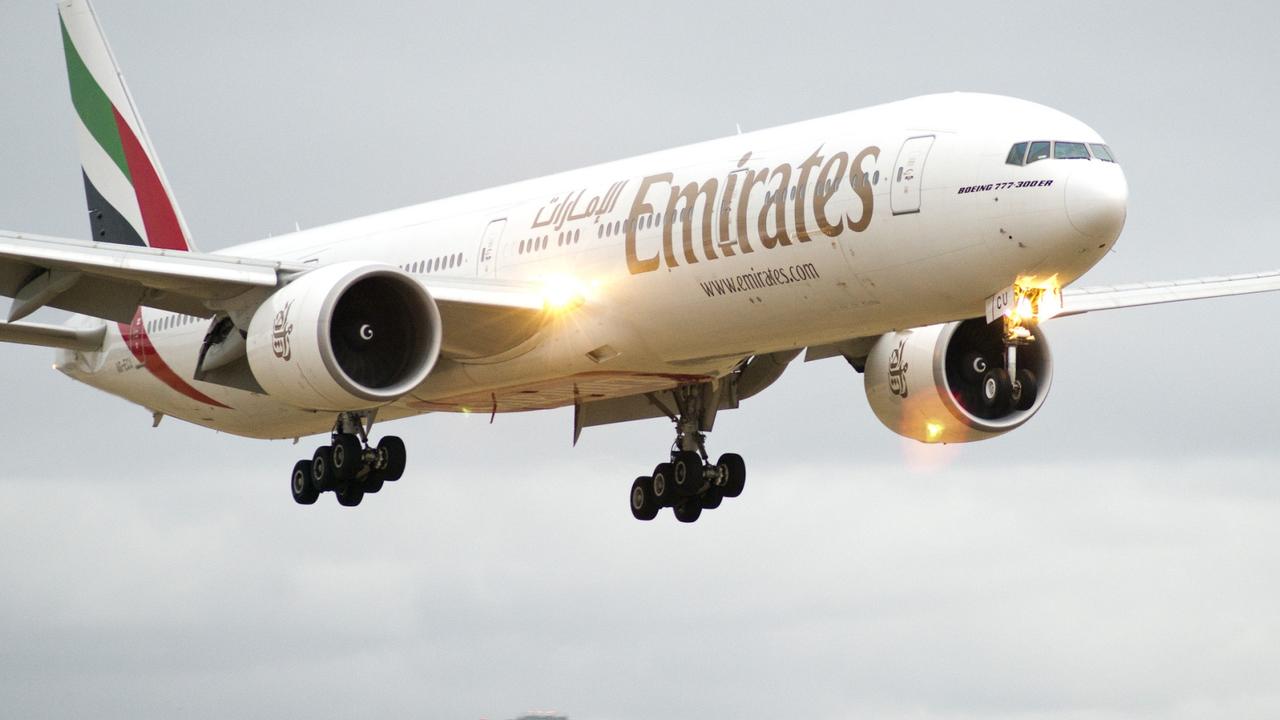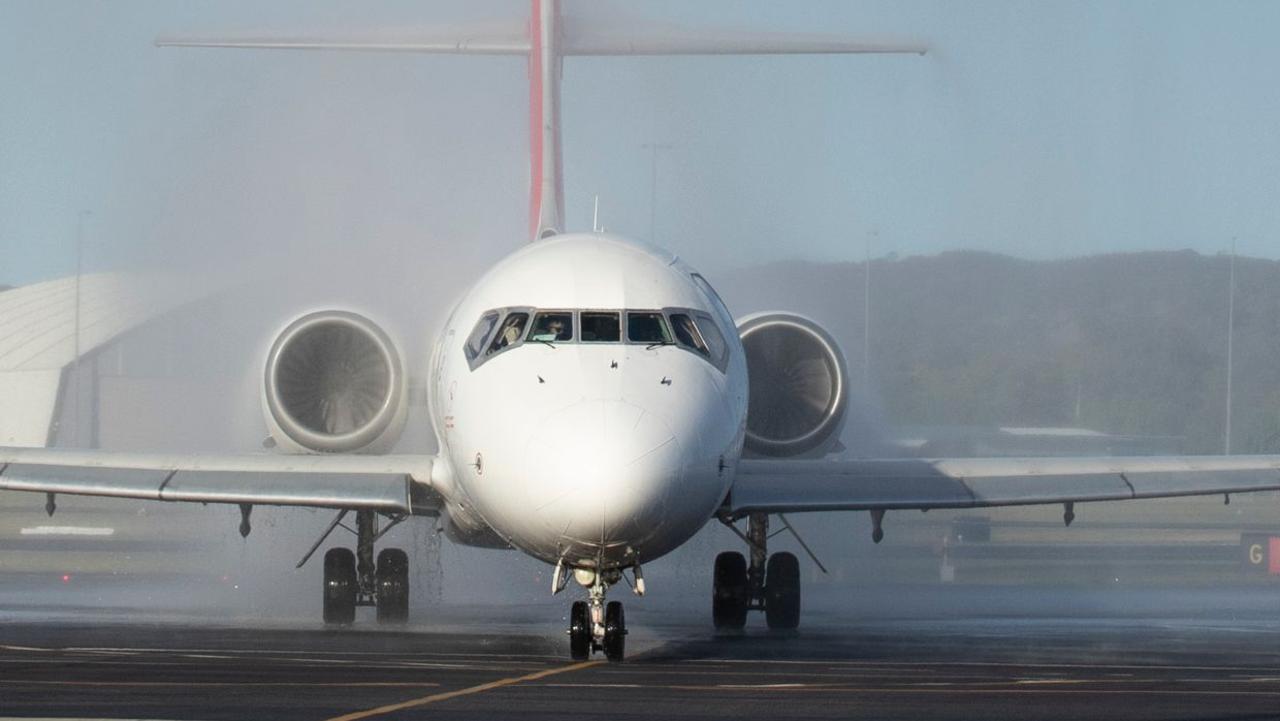Qantas announces new life for Boeing 747 aircraft after retirement
After spending almost 20 years in the sky, a beloved Qantas 747 passenger plane is about to undergo a facelift that will change the way we travel.
Australian airline Qantas has announced how its beloved 747 will enjoy retirement after 90,000 hours in the air as a commercial passenger plane.
The Boeing 747-400, with the registration of VH-OJU Lord Howe Island, is the next of the airline’s now six remaining “original jumbo jets” to be phased out over the next 12 months.
But instead of being repurposed for parts, the 19-year-old plane will become a “testbed” for Rolls-Royce’s aerospace division to examine current engine technologies — paving the way for the future of how we fly by putting jet engines through their paces.
Essentially, the commercial aircraft will be stripped from the inside out. All 364 passenger seats will be replaced by the latest testing devices that will monitor engines that will form the next generation of both commercial and business aircraft in a “world first” makeover.
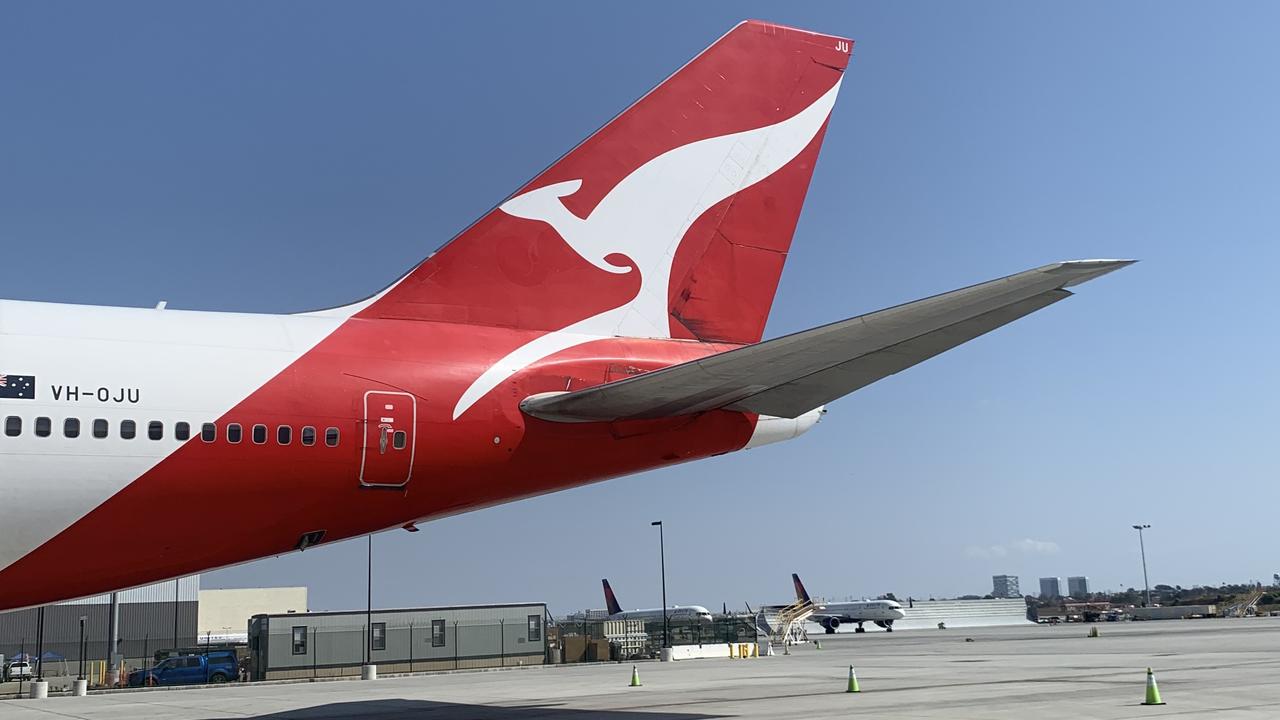
“This will be the most advanced engine flying testbed research and development laboratory in the world,” AeroTEC chief executive Lee Human told news.com.au, noting his team will be responsible for the conversion from a commercial aircraft in to a fully functional testbed.
“It’s a big technical challenge … this is a special missions aeroplane with a dedicated purpose.
“Rolls-Royce selected the plane because of the altitudes and the speeds it has to travel at. This plane is the right platform (for a testbed). Not many aircraft can do what the 747 can do as for altitude and speed so for that reason it's the only one out there (for this job).”
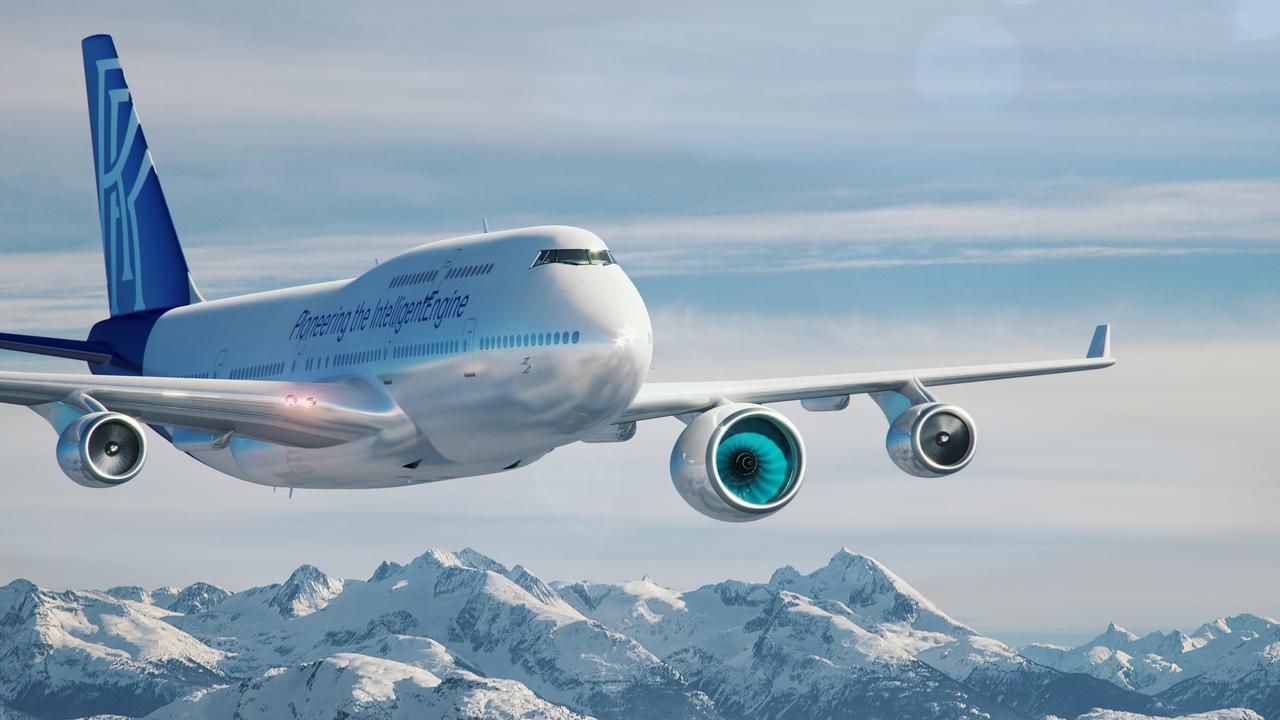
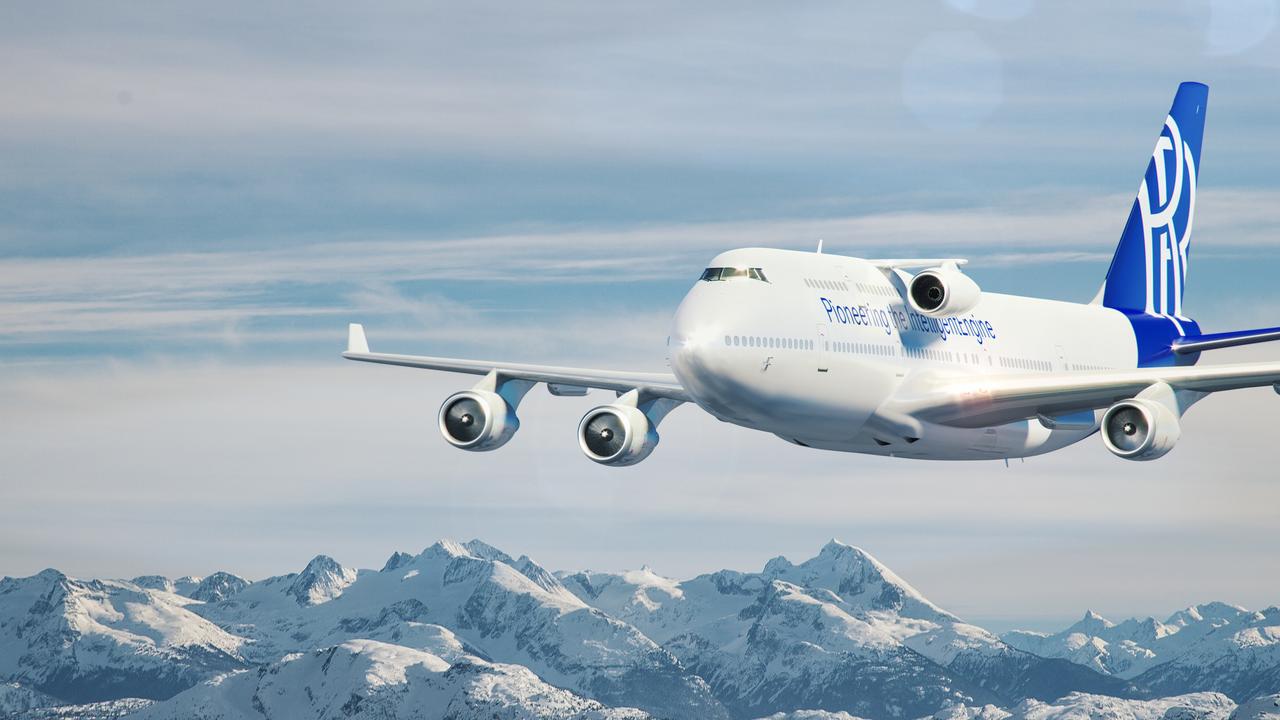
Rolls-Royce, the second largest maker of aircraft engines, says the new systems will obtain better data at a faster speed than ever recorded before.
“What we are going to do is take this aircraft and convert it over a two-year period,” Rolls-Royce director of development and experimental engineering Gareth Hedicker said from Moses Lake in Washington, where the Boeing will now call home.
“This will allow us to test our very latest technologies while increasing our efficiency, reducing emissions and noise. An aircraft like this let’s us do this. Our plan will be to use it for the next 15 years contributing to the future of travel.
“This will allow us to keep pushing our technologies further … taking our engines to the next level.”
This Boeing aircraft, which completed its final commercial flight on Sunday from Sydney to Los Angeles as Qantas’ first “Points Plane” for Frequent Flyer members, will be transformed with instruments and monitors that measure every aspect of the newly developed engines in flight mode.

Mr Hedicker said welcoming the aircraft to their stable would play an integral role in the future of how we fly.
“The queen of the skies will become the jewel in the crown of our global test programs,” he said.
“(This) will expand our world-leading test capabilities even further and will allow us to obtain more flight data than ever before.
“The 747 was our final choice because of altitude, flexibility and pedigree. The test engine needs to think it’s on a real aircraft, but without it interfering with the existing aircraft. “Effectively, we will set up simulators in the aircraft so we can simulate the electrical loads and the hydraulic loads and manage air offtakes so we almost have an additional control system added.
“Then we add all the instrumentation on top of that … like cameras … so we can see what’s going on.”
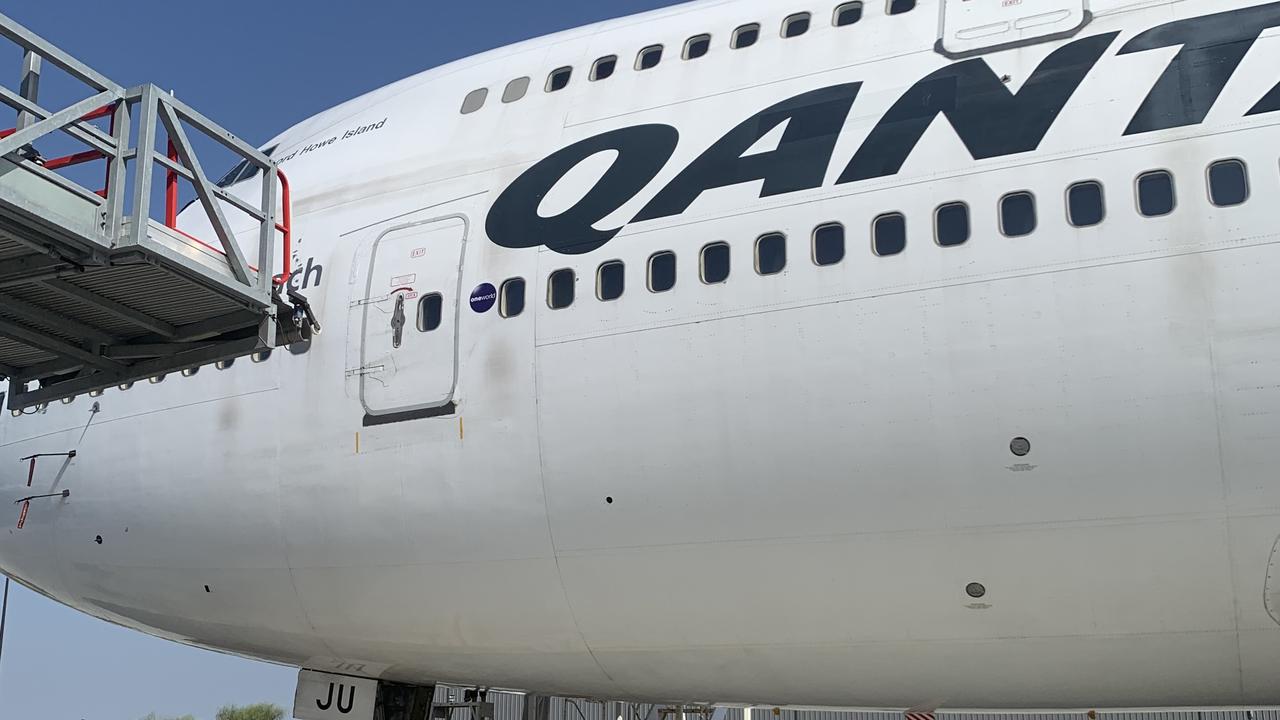
Qantas executive manager of engineering Chris Snook said while it was sad to see the 747 leave the Qantas fleet, he was happy it had a new position developing the future of aviation and paving the way for the Boeing Dreamliners.
“OJU has proudly worn the flying kangaroo for more than 20 years, and we are delighted that she has a long life ahead of her to help test and support the development of the next generation of aircraft engines,” he said.

Following VH-OJU’s retirement, Qantas’s remaining Boeing 747 aircraft will be phased out over the next 12 months.
The iconic aircraft entered service with Qantas in September 1971, and since then the Australian airline has operated 65 747s.
This writer travelled to Moses Lake, Washington as a guest of Qantas.


